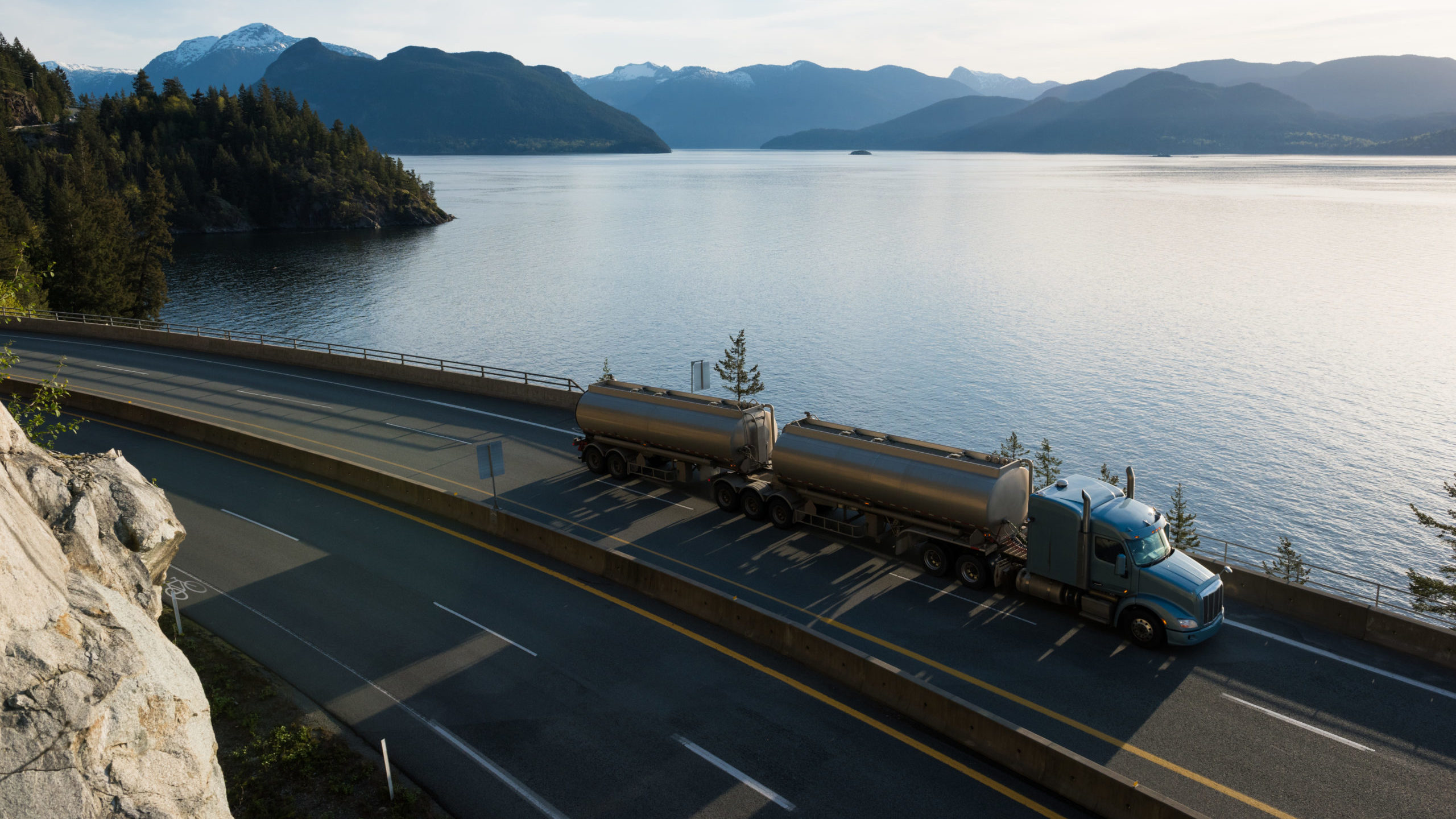
Want to know how much the oil and natural gas industries contribute to British Columbia’s economy? One way to see the impact is to look at those of Indigenous ancestry. Their employment proportions across sectors and incomes reveals a lot about where the good-paying jobs are, and also the broader impact of natural gas and oil expenditures on BC’s economy.
Statistics Canada census data shows that in 2016, the proportion of Indigenous British Columbians employed across all industries was five percent. By comparison, those with Indigenous ancestry formed 4.4 per cent of the workforce in the pipeline sector — so slightly below the all-industry average, but 8.6 per cent in oil and gas extraction. Meanwhile, Indigenous participation in the construction industry was 6.2 per cent per cent.
The salaries in the energy sector were significantly higher than in construction and also the all-industry figures. Here, we must use national data as BC-specific data broken down by industry for Indigenous Canadians is unavailable. However, the data are clear in where the incomes are highest.
Measured across all industries, Indigenous Canadians employed full-year, full-time had a median employment income of $44,855 in 2016, with a slightly higher figure specific to construction: $49,262.
Now look at incomes for Indigenous Canadians in oil and gas extraction. The median income for those who worked full-year, full-time there was $117,831; for those involved in pipelines it was even higher: $142,883.
Those statistics are part of a larger picture: The impact of the oil and gas sector on BC’s employment picture, incomes and economy.
For instance, using other Statistics Canada data from 2016 (the latest year available for this comparison), it turns out oil and gas spending in British Columbia generated about $15.3 billion in value (“outputs” as it is known in statistical language) to the BC economy. The impact on GDP was 7.7 per cent.
As for what most of us can relate to—jobs—oil and gas spending in BC was responsible for nearly 21,000 direct jobs and almost 36,000 indirect jobs (nearly 57,000 jobs in total) in 2016. Also relevant: The oil and gas sector paid out $2.3 billion in wages and salaries to BC workers that year.
Here’s another slice of statistical bread to consider: In 2016 the oil and gas industry purchased $5 billion worth of goods and services from other sectors in BC. That included $640 million from BC’s finance and insurance sector and $2.4 billion from BC’s manufacturing sector, to use just two examples.
Spending by the oil and gas sector in British Columbia is not the only way to consider impact of that industry.
Given that a large “chunk” of the oil and gas sector is next door in Alberta, let’s look at what Alberta’s trade relationship with its westerly neighbour does for British Columbia.
In short: A lot.
British Columbia’s interprovincial trade in total with all provinces in 2016 amounted to $39.4 billion. Alberta was responsible for $15.4 billion of that trade, or about 39 per cent. (Ontario was next at $13.5 billion, or just over 11 per cent.)
That 39 per cent Alberta share of BC’s exports is a remarkable percentage given that Alberta’s share of Canada’s population is just 11.5 per cent. Alberta consumers, businesses and governments buy far more from British Columbia in goods and services than its relatively small population would suggest would be the case. Alberta’s capital-intensive, high-wage-paying oil and gas sector is a major reason why.
If Alberta was a country (no, we are not suggesting it should be), that province’s $15.4 billion in trade with British Columbia would come only behind the United States (about $21 billion in purchases of goods and services from BC).
Alberta’s importance to BC exports is thus ranked far ahead of China ($6.1 billion), Japan ($3.8 billion) and South Korea ($2.1 billion)—the next biggest destinations for BC’s exports. Smaller amounts of BC’s goods and services were exported to India ($812 million), Taiwan ($631 million), the United Kingdom ($561 million) and Australia ($365 million).
Be it in employment of Indigenous British Columbians, the salaries paid, or the jobs and GDP created for all British Columbians, the impact of oil and natural gas (and Alberta) on BC’s economy and trade flows is significant.
Mark Milke and Ven Venkatachalam are with the Canadian Energy Centre, an Alberta government corporation funded in part by carbon taxes. They are authors of $15 billion and 57,000 jobs: The impact of oil and gas (and Alberta) on BC’s economy.